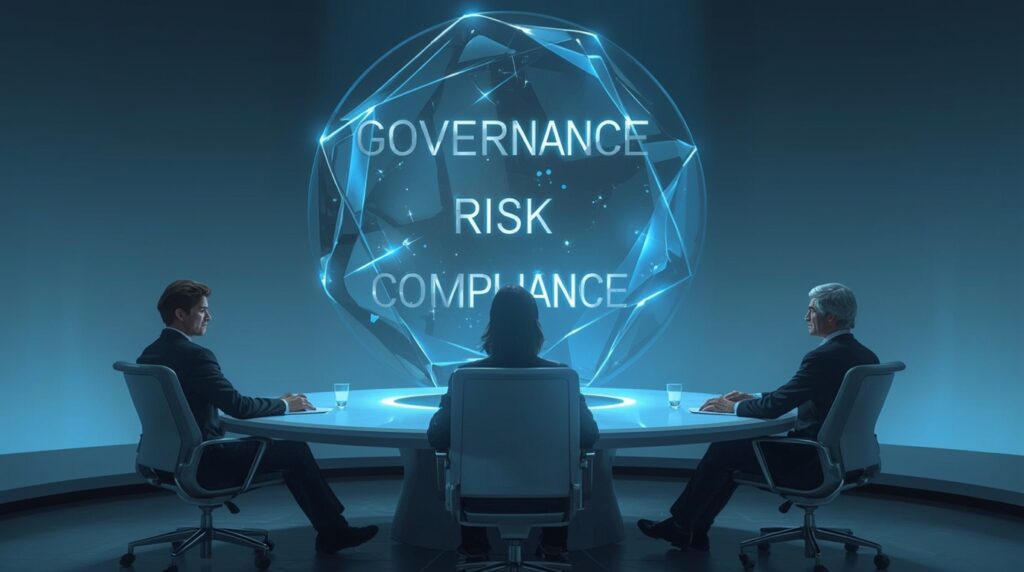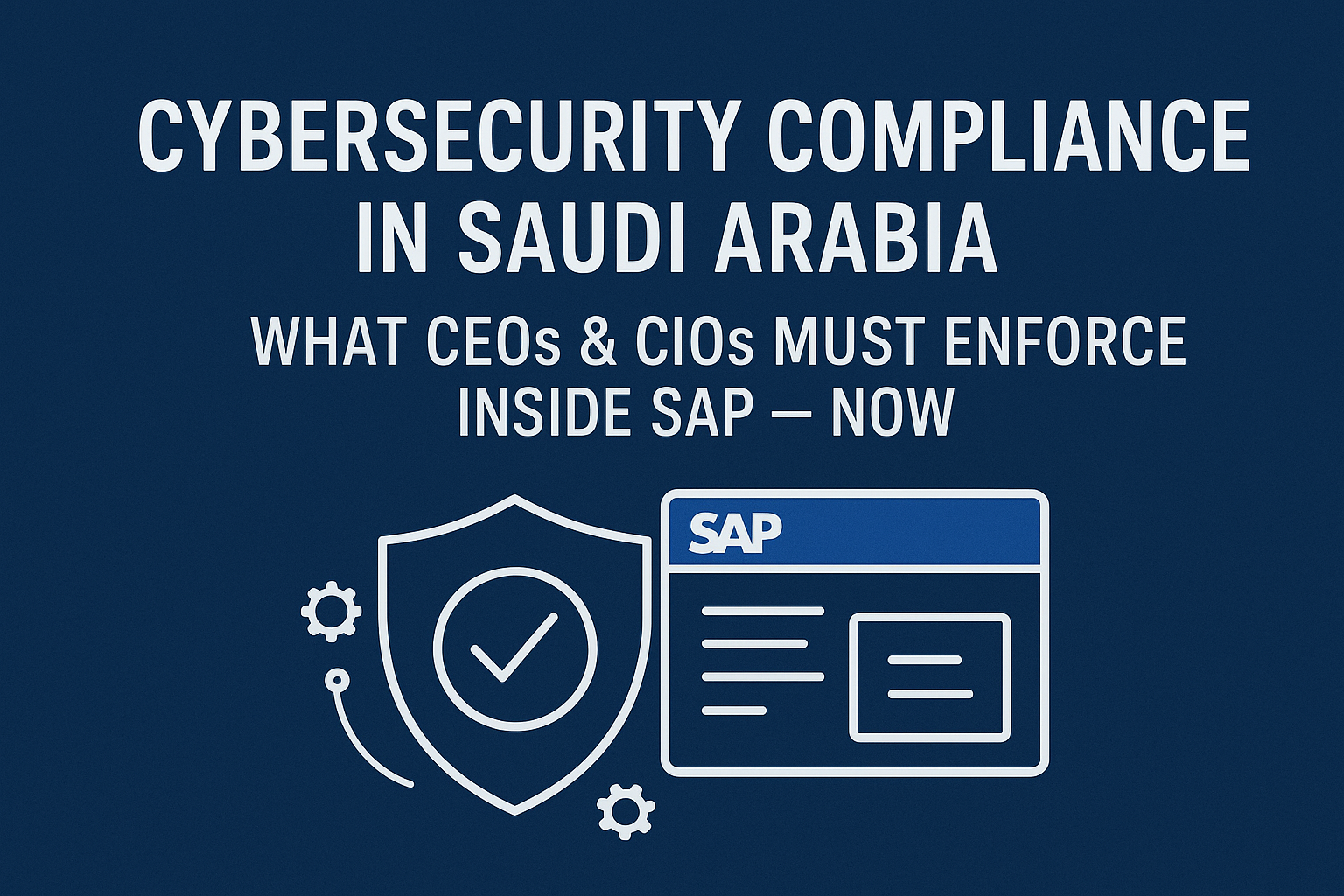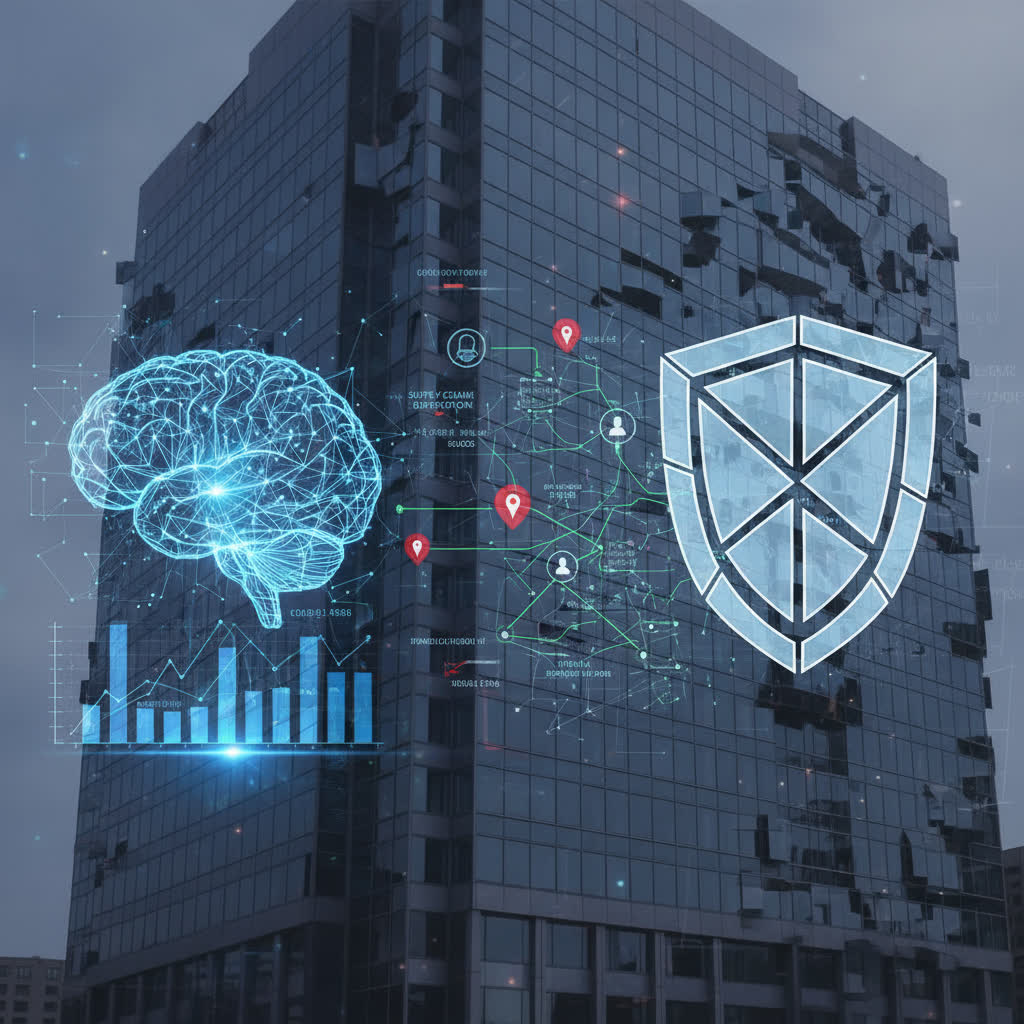Governance, risk and compliance (GRC) in enterprise technology, particularly in SAP environments, remains a major concern for organizations seeking to maintain robust operations and strategic agility. Drawing from the collective experience of SAP veterans who have navigated the intricate demands of global enterprises, lessons emerge that are not only invaluable but also highly practical for organizations of all sizes. Their perspective underscores the importance of harmonizing processes, technologies and people within GRC frameworks to address business growth, regulatory mandates and the demands of a digital world. These insights reflect years of field-tested wisdom, offering a roadmap for transforming GRC from a checkbox exercise into a resilient foundation that supports business integrity and sustainable performance. The broader context points to the expanding web of risks—from cyber threats to regulatory changes—making a compelling case for a disciplined and holistic approach to governance, risk and compliance.
Why Governance, Risk and Compliance Is the Backbone of Enterprise Success
Organizations that operate advanced SAP systems often report that robust GRC practices are essential to their success. Leaders recognize that GRC is far from an isolated technical undertaking or a compliance-mandated necessity. For SAP veterans, GRC provides the structured backdrop required for companies to thrive amid regulatory scrutiny, supply chain complexity, and rapidly shifting digital threats. Enterprise GRC initiatives create a consistent, repeatable set of processes and controls, ensuring that both internal objectives and external requirements are satisfied. SAP landscapes introduce multifaceted access, hundreds of potential interfaces, and a constantly shifting regulatory environment. Without a coherent GRC solution, companies face fragmented controls, increased operational costs and heightened risk exposure. SAP experts consistently advocate that embedding GRC within the fabric of IT and business strategy not only mitigates legal and operational risks but also enables companies to build a culture of accountability, transparency and continuous improvement. The pivotal role of GRC is further evidenced by how swiftly lapses in compliance or risk oversight can erode trust and disrupt operations.
Common Challenges and How Veterans Overcome Them
Many enterprises underestimate the complexity of maintaining effective GRC, particularly in large SAP environments. Issues frequently arise from decentralized management, legacy systems and manual processes that are ill-equipped to keep pace with changing regulatory requirements. SAP veterans have encountered numerous pitfalls, from an over-reliance on spreadsheets for risk mapping to the lack of real-time monitoring and unclear ownership of GRC responsibilities. What sets experienced SAP professionals apart is their methodical response to these obstacles. They emphasize clarity in process ownership, regular reviews of access and authorization structures and a systematic approach to integrating new legal or operational requirements. Automation emerges as a key ally, reducing human error and allowing real-time control of critical authorizations and segregation of duties. SAP veterans stress that training and continuous education for business and IT leaders ensures everyone understands the broader value of GRC. Collaboration between departments, connectors between system modules and transparent communication are identified as central to reducing risk, streamlining audits and maintaining organizational alignment.
Designing and Implementing a GRC Solution: Lessons from the Field
Building a Foundation with the Right Framework
The process of implementing a GRC solution requires careful planning and a nuanced understanding of organizational needs. SAP veterans caution that a one-size-fits-all approach rarely delivers desired outcomes. Their approach begins by aligning the GRC solution with both regulatory requirements and specific business objectives. This often starts by mapping out current processes, cataloging existing risks and identifying key regulatory obligations that apply across geographical or industry boundaries. This preparatory phase is integral, as it ensures the GRC implementation is not limited to IT but rather encompasses all elements of business governance. Selecting the right framework—whether it’s based on industry best practices or tailored to company size and complexity—provides a scalable base for the GRC solution. SAP experts highlight that the greatest success comes from solutions that are flexible, allowing the addition of new controls, integration with identity access management systems and adaption to future regulatory changes without fundamental architecture overhauls.
Integration with Business Processes and Technology
The act of implementing a GRC solution is not simply a technical integration; it must reflect and support core business processes. SAP veterans emphasize that a GRC implementation should never be a parallel universe to daily operations. Instead, best-in-class deployments weave controls into procurement, financial consolidation, sales workflows and HR processes. Automated risk assessments and continuous control monitoring are blended into the rhythm of business activity, minimizing disruption and increasing compliance visibility. It is also vital that GRC solutions offer intuitive, user-friendly interfaces, which reduce resistance and increase adoption among employees. Veteran practitioners encourage frequent collaboration between IT, compliance, finance and operational teams, ensuring that everyone’s perspective is considered and that the system delivers streamlined, actionable intelligence to those who need it most. Integration extends to support for role-based access, detailed audit trails and comprehensive reporting capabilities that satisfy internal and external stakeholders monitoring compliance performance.
Strategies for Sustaining GRC in a Rapidly Changing Landscape
Once a GRC solution is in place, maintaining its effectiveness demands continuous vigilance. SAP veterans point out that regulatory environments can change overnight, as can threats from cybercrime or shifts in business models. The most resilient organizations invest in ongoing review and optimization of their GRC solution. They schedule periodic risk assessments, regularly update risk rule sets and conduct simulations to test emergency response protocols. SAP leaders also promote a proactive approach to incident management, ensuring that every compliance or security anomaly is documented, analyzed and addressed through updated controls or new policies. They advocate for regular cross-departmental workshops, which help identify emerging risks and share lessons from real incidents. A culture of continuous improvement, driven by transparency and shared responsibility, is cited as a powerful antidote to complacency and helps companies remain audit-ready at all times. By adapting the GRC solution to new regulations, evolving threats or organizational restructuring, companies can maintain a high degree of business resilience without sacrificing operational efficiency.
Technical tools and meticulously crafted procedures are only as effective as the people who use them. SAP veterans consistently underline the human element in successful GRC initiatives. Building a culture that prioritizes compliance and wise risk-taking depends on leadership example, regular communication and accessible education opportunities. Employees at all levels need to understand how their actions affect risk posture and compliance status. Veterans recommend establishing GRC as a shared responsibility, where business and IT functions work in tandem rather than in silos. When successes are shared and failures become collective learning opportunities, employees feel more invested in maintaining strong controls. Recognition programs, positive feedback for proactive risk management and accessible channels for reporting potential issues encourage engagement. Ultimately, SAP experts make clear that sustained GRC excellence is not achieved through systems alone but through the collective commitment of informed, attentive teams who see the value in robust governance and risk management as a pillar of organizational trust and strategic advantage.





